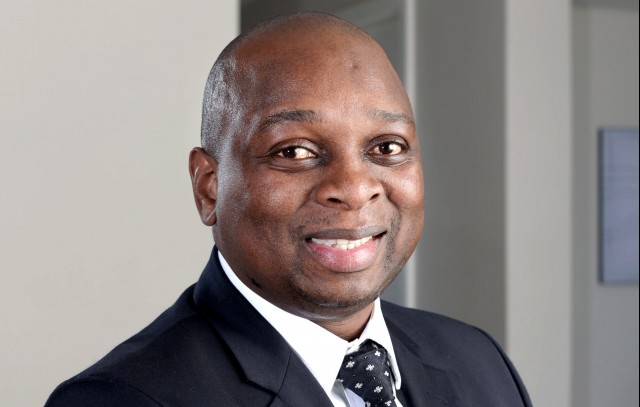The Energy Trilemma
By Irene Basson
Thebe Times caught up with Sizwe Mncwango (CEO Thebe Energy & Resources) to talk about the energy trilemma facing South Africa.
Can you elaborate on what the energy trilemma is?
The pressing need to transform the energy system comes at a time when governments are struggling with a significant debt burden and a global recession. The energy trilemma is about creating a policy framework that simultaneously delivers secure, accessible and affordable and environmentally sustainable energy – a sustainable energy system. This triple challenge is known as the energy trilemma.
There are three pillars to the trilemma – can you briefly outline why each one is important?
When trying to meet the energy demands of the world, we are faced with three tensions. Tension one is about the environment, in other words Eskom’s ability to emit environmentally friendly gases as they produce energy. Tension two is about energy security, in other words the ability for Eskom not to load share, so the security of supply. Tension three is called equity which is really about affordability and accessibility.
How do you maintain a balance when addressing all three pillars?
The question is how do we deliver ‘clean’ energy, how do we deliver clean energy consistently ensuring that even the poorest of the poor can afford it and have access? It is a very complex exercise trying to balance these three potent forces.
Firstly, it is the harnessing of natural resources, like the sun and the wind. Wind power, for example, is clean, gives security of supply and is becoming even cheaper than the coal-fired energies. So for us harnessing natural resources are paramount. And this includes the harnessing of waste and the recycling of waste to produce energy.
Secondly, we also require the clearly articulated development in the legislating framework to define and develop the limits and consequences for exceeding those limits in the energy sector. There is indeed a strong need for us to all face this imbalance proactively if we are to effect change.
On a more positive note – what are the opportunities in the energy industry?
There is a massive opportunity for energy efficiency. Do we need lights on all the time? How much water do you boil for one cup of coffee? Secondly there are off-grid options – in other words coming up with solutions that are less dependent on the grid. The solar panel industry has huge opportunities for manufacturing, distributing and installing geysers. The market for solar panels is untapped. The market for solar candles/lamps is virtually untapped and provides even the average South African the opportunity to manufacture and distribute.
Can you talk briefly about SA’s energy trends in terms of electricity and renewable energy?
The first trend was increasing from 35% to 85% access between 1994 and 2014. Major electrification programmes were implemented without the necessary infrastructure back-up which led to the second trend of load shedding. Now, the NDP is looking at 85GW of electricity for South Africa, of which 25% will come out of renewable, clean energy. We will double our production capacity and more than quadruple our clean energy.
Is there a way government and business can work together to solve the trilemma?
The renewable energy independent power production and the procurement programme (REIPPPP) has received global accolades as one of the unparalleled breakthroughs in public-private partnerships. Other areas like water are copying this process, based on its success. We have seen in round 1, tariffs as high as R2,50 per kW going all the way down to R1,20. Some technologies have now been priced better than coal, which is a massive gain for the consumer. That’s the essence of bringing in private sector players.
What is the vision and plans of TER for as they work towards the 2020 vision?
While we embrace the development of small, medium and mega projects in making an impact in social upliftment; we believe that it is through our mega projects in coal, in gas and other fuel sources that we can respond to the upliftment of communities.
Our plans are clearly articulated in our strategy which states that year 1-3 is about preparing to win, stabilization, consolidation and getting the best value out of our current and existing assets, generating good cash flows and deliver top performance. Year 3-5 is about winning, continuing to deliver and about big bang impact as well as gaining respect and credibility through our mega projects.


